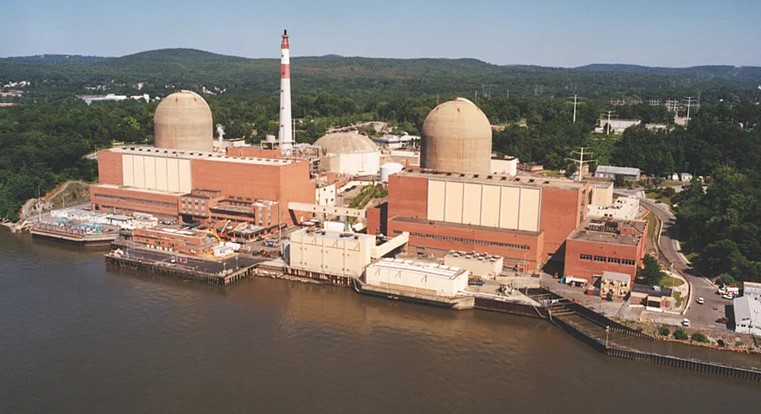Energy News Beat Publishers Note: We believe that all people in the world should have access to clean, reliable, and the lowest-cost energy at market capabilities. The only way to achieve this goal to get over 1.8 billion people out of poverty is to have a “Balanced Diet of Power”. The balanced diet could include fossil, renewables, and nuclear in all types. Being good stewards of the earth also means producing the energy with the least impact on the environment. The bottom line: Fiscally producing the “Balanced Diet of Power” at the lowest impact to our environment. Why cant’ we sit down and talk about the best path forward. It includes nuclear.
Despite 2,753 GWh of reduced energy demand during the Covid-19 pandemic, New York state generated significantly more electricity, 5,068 GWh, from fossil fuels in 2020 than in 2019 because of lost nuclear power, according to the Climate Action lobby group.
The group, which supports the use of commercial nuclear power in the state, said that due to this greater fossil fuel consumption, the closure of Indian Point-2 in April 2020 will result in the annual production of about four million tonnes of avoidable carbon dioxide emissions, a figure that will double if Indian Point-3 closes as planned in 2021.
Moreover, with a capacity factor of 91%, Indian Point generates reliable baseload electricity. This means that shutting down Unit 2 created a very large, immediate, and continuous gap in real energy generation which had to be filled. That gap has been filled with fossil fuels, primarily methane – also known as natural gas.
Climate Action said wind and solar in New York were responsible for about 6,600 GWh of electricity in 2019. However, Indian Point generated 16,695 GWh. This means that from a climate standpoint, shutting down just half of Indian Point wiped out more carbon-free electricity than is annually produced by every wind turbine and solar panel in the state.
Shuttering Indian Point exacerbates poor air quality as more fossil fuels are burned in giant new gas-fired power plants within the lower Hudson Valley, the group said. It also harms “environmental justice communities” – those most at risk from environmental harm – which suffer from old, polluting oil and gas plants that will remain in operation longer, and that may need to run more, within the densely-populated New York City metropolitan area.
for the rest of the story: Nucnet.org

